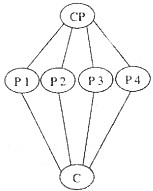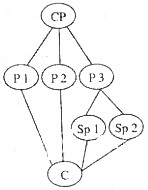题目内容
— We really enjoy ourselves at the party. Thanks again, Mr. and Mrs. White.
— __________. Just drop in whenever you feel like it.
A. Our great honor B. Nice having you here
C. Nice you are here D. With pleasure
B

练习册系列答案
 王后雄学案教材完全解读系列答案
王后雄学案教材完全解读系列答案
相关题目
 B.
B.  C.
C.  D.
D. 